Menu
What is a Sound Wall and How Can It Be Used in a Kindergarten Classroom?
Facebook
Twitter
Pinterest
Email
Here you'll learn the answer to “what is a sound wall?” is and “why you should I use sound walls in my kindergarten classroom?”.
Maybe you've heard about a sound wall from your literacy specialist or while browsing a Facebook page. And you've seen other teachers making the switch from a traditional word wall to a sound wall but you aren't entirely sure why or where to start. Maybe you're still wondering what is a sound wall? Then this post is for you.
Recently I've learned a lot about the Science of Reading and how our brains actually learn to read. (By the way, if you ever get a chance to attend a LETRS training, you should!). It's truly fascinating. As a kindergarten teacher, one of my biggest takeaways was that kids learn to speak before they can match the print. That sounds silly, right? Until you think about the way we teach reading in kindergarten. Where do you start? Introducing letters, right? Maybe in alphabetical order, maybe in a certain order dictated by your phonics curriculum, but we traditionally start by introducing letters. So we teach all the letters, slap them up on the word wall, and start adding words so kids can use them when they are writing.
But what about the kids who haven't mastered their letters yet? Then there's the kid who wants to spell phone and goes to the letter F to find phone only to later learn it's hiding under the letter P. This is where a sound wall can be transformational. On a sound wall, the words funny and phone would be with the same phoneme and students can more easily find the spelling patterns they need to spell words.
What is a sound wall?
In short, a sound wall is a way to organize phonemes and spelling patterns for students to reference when spelling and reading words. Words are grouped by phonemes and NOT beginning letters.
There are 44 phonemes in the English language. Some we explicitly teach in kindergarten, some we don't. A sound wall is a tool to organize these phonemes in a way that helps students to make sense of spelling patterns that make different sounds.
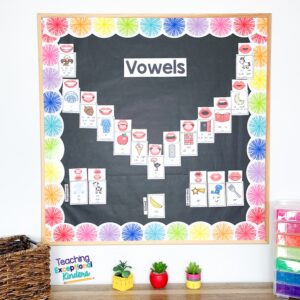
Need more information about using a sound wall in kindergarten? Successful Sound Walls is a course created for kindergarten (and primary grade) teachers to learn how to implement a sound wall and you'll get all the printable tools, you'll need, too!
How does a sound wall work in kindergarten?
A sound wall works when you explicitly teach the phonemes. Before putting the phoneme or sound cards on the wall, you need to teach students the sounds. With young children, it's helpful to teach them what their mouth looks like and feels like when they make the sound. Get out mirrors and allow kids to look at themselves making the sound. Encourage them to explain what it feels like, tell if their voice box vibrates, does air come out, can they see their teeth, etc. This is especially helpful to give students a multisensory approach to learning sounds.
If you opt to use mirrors, you can have students keep their mirrors in their toolboxes so they can pull them our while they are writing. This will help when they get stuck on a sound they can see their mouth and try to match the sound to the sound wall. These mirrors from Amazon are an option (affiliate link).
Giving a picture cue for the sound is another great strategy to help kindergarten students to remember the sounds. The picture clues do NOT have to be for beginning sounds. For example, you may use fish for /f/ but you could use feather for /th/. This is especially true for vowels. It's often easier to find a medial letter that best matches the sound than a beginning letter. Like the short e sound in bed may be more helpful than a beginning short e sound in egg. After you have taught the sound and the picture clue, you can introduce the spelling patterns (or letters) that make the sound. Then display the sound card on your sound wall.
The phonemes are not displayed in alphabetical order on a sound wall. It's best to display phonemes by types (stops, nasals, fricatives, affricates, and liquids). This helps students to differentiate between like sounds and find sound groups more easily. Keeping the vowels and consonants on separate walls (or in separate spaces) also helps students to differentiate between phoneme types. If you are short on wall space, you may want to consider a portable sound wall. Click here to read more about that.
When can I fit in sound wall instruction?
Incorporating a sound wall does not need to take away from your precious instructional time. You can easily incorporate the instruction in your phonics block. In my kindergarten classroom, our sound wall routine in kindergarten was about 10 minutes long. I always paired it with our Heggerty (phonemic awareness) lesson at the beginning of our ELA block. This helped me to stay consistent with instruction. When teaching phonics, you can introduce the phonemes in the order your district or curriculum dictates. The important thing is to give students a chance to really explore the sounds and master them so they can use the sound wall effectively.
I'm ready to start a sound wall…now what?
There are a few great options out there for implementing a sound wall but unless your district is going to purchase them for you, they are expensive. You can absolutely create a sound wall using the letter sound cards you have with your phonics curriculum, but some of the phonemes may be missing. I've seen great sound walls done with Fundations cards, for example. These FREE phoneme group labels will help you to organize your sound wall (you can sign up to get them at the bottom of this post).
If you'd rather purchase the cards you need to create a sound wall, I have lots of resources in my TPT store. Click here to check out the sound wall tools in my shop or Click here to check out my sound wall bundle on TPT. It has everything you need to implement a sound wall this year!
If you'd like instructional videos and more, check out Successful Sound Walls. It's my mini-course designed to help busy kindergarten teachers set up a sound wall that works. Click here to read more.
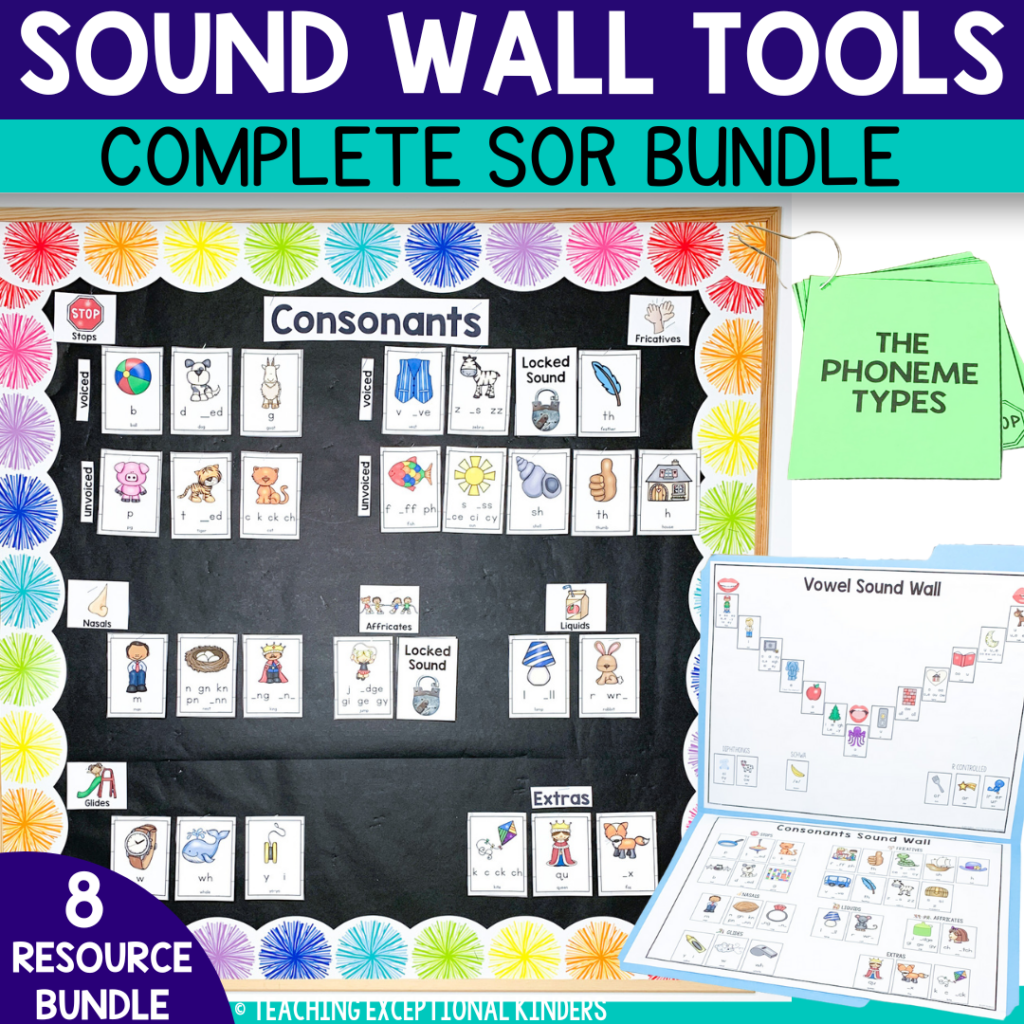
FREE sound wall tools to get you started
Sign up below to join our email list to get FREE sound wall tools as well as tips for making the switch to a sound wall in the kindergarten classroom.
Amy
©2024 | ALL RIGHTS RESERVED
SITE DESIGN BY LAINE SUTHERLAND DESIGNS
SITE DESIGN BY LAINE SUTHERLAND DESIGNS
QUICK LINKS
Menu

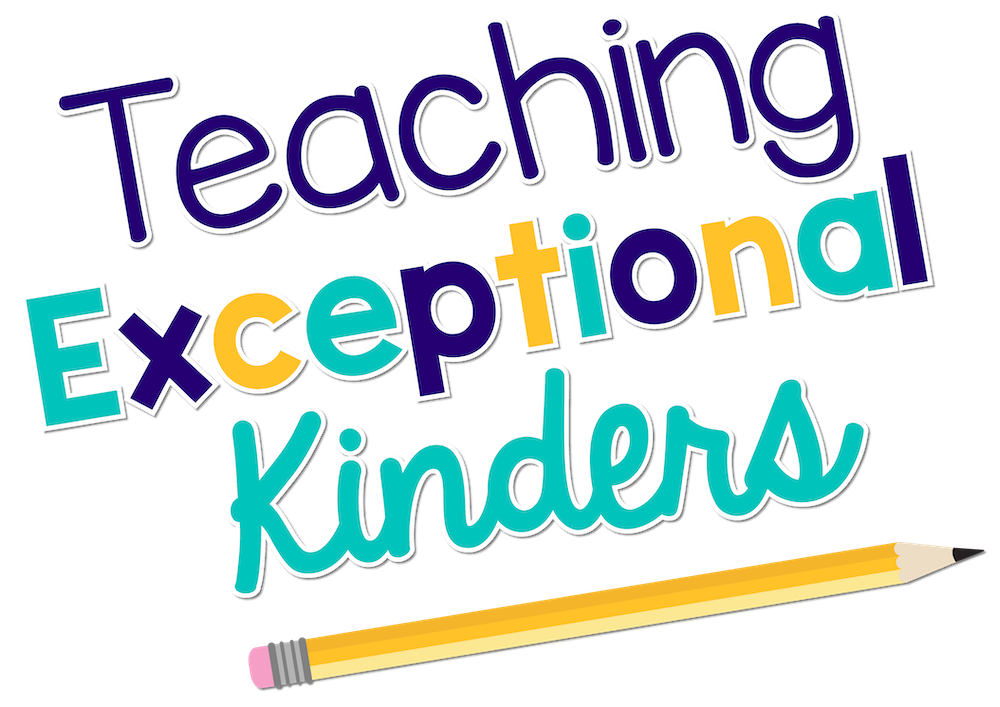

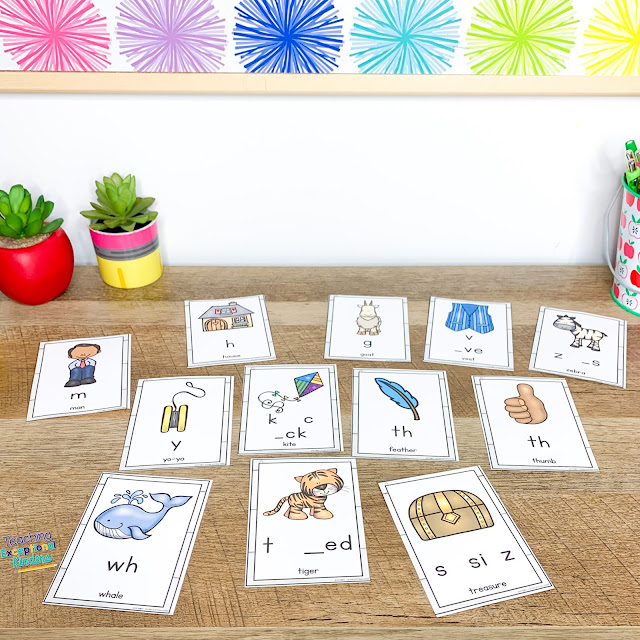
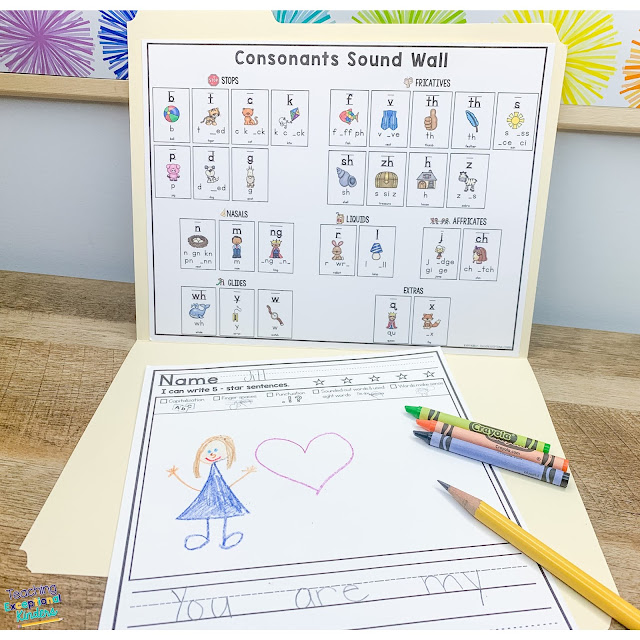
9 Comments
Awesome ideas for promoting phonemic awareness and literacy skills in beginning readers/writers. I’m actually going to adapt your ideas for my Grade One French Immersion class. The phonemes are different but the principles are the same. Thanks for a great article 🙂
Do you where these are available in French?
No, sorry these are only available in English.
I’m SO excited to start using a sound wall. Thank you for sharing this!
You’re welcome! I hope your sound wall works well for your students!
Hello,
Can you explain more about how/what you do in the 10 minutes a day sound wall instruction? And how you tie it in with heggerty
Hi Skyla,
The year that we started out sound wall mid-year, I tied it in with our Heggerty routines. But if I were starting a sound wall at the beginning of the year (we did once, but I’m not sure I’d do that again), we used our Fundations order to introduce the sound wall and tied it in with our phonics block.
But the year we did it with Heggerty I combined it with our alphabet/letter sound routines. We’d do that letter is ___, the sound is ___. Then we could show where to find it on the sound wall and go a little bit deeper with what kind of sound it is.
I think I’ll add this to my list of blog topics to cover this summer 🙂
Is it important to teach the technical category words for the sound types (e.g. fricatives, glides, etc.)? I am excited to shift to a sound wall this year but am worried about kids (or families) getting caught up on thinking they need to know “oh that’s an affricate” vs. just knowing what their lips and voice do for those kinds of sounds. Are there any kid-friendly terms for those more technical sounding categories (nasals, slides, and stops seem clear an easy enough) or is learning those official terms important? Thanks so much!
Hi Lauren,
I don’t feel that it’s important that kindergarteners know the technical terms like affricate and fricatives, however, I did teach them. A sound wall is simply a tools to help students move from speech to print, so it’s most important that they know where to find the sounds and how to access them.
You may find “nicknames” for the categories or you can use the picture clues like tug-of-war for affricates and friction for fricatives. As long as kids understand why sounds are grouped the way they are (and how to properly produce the sounds) and where to look for sounds, the technical terms are not as important.
Hope that helps!
Amy